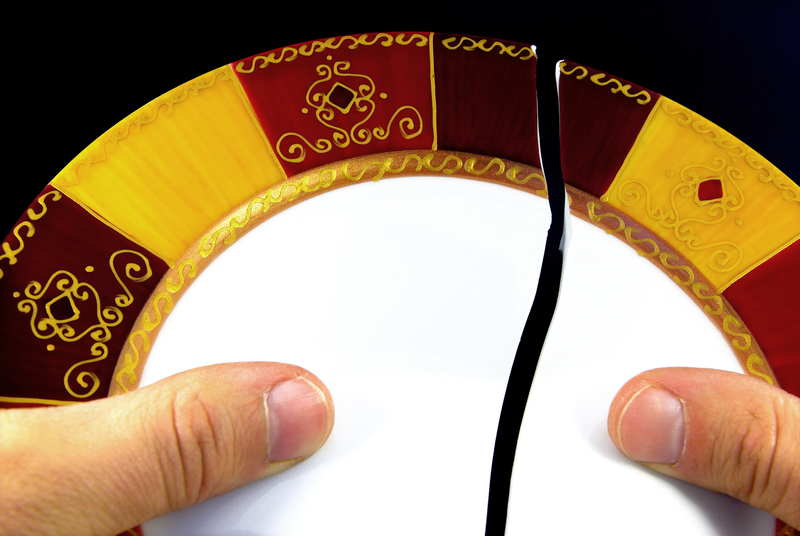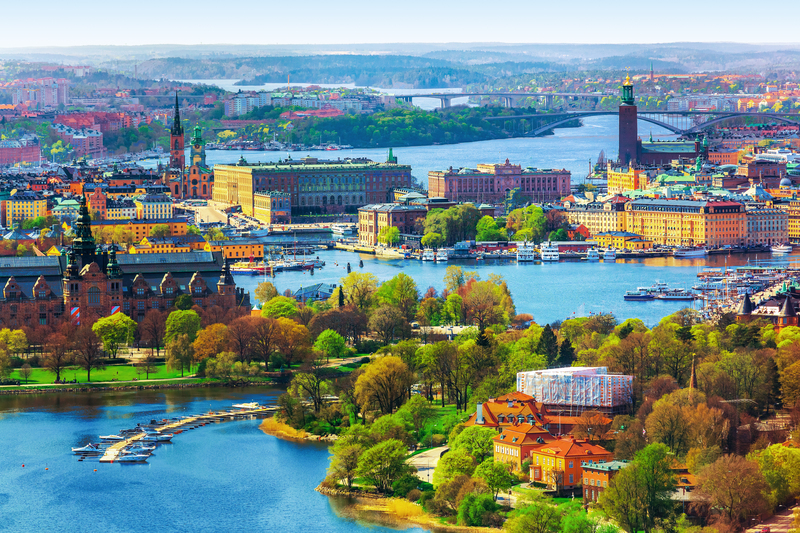Walk Through Time: Exploring the Evolution of Architecture in Hackney
Posted on 24/11/2024
Architecture is not just about constructing buildings and structures, it is a reflection of society, culture and history. In the bustling London borough of Hackney, this statement holds true as the architecture here has undergone numerous changes over the centuries. From medieval times to present day, this area has witnessed an evolution in architectural styles that tell a story of its rich and diverse past. Join us on a walk through time as we explore the various architectural wonders of Hackney and discover how it has evolved into the vibrant and eclectic community it is today.
Medieval Times: The Legacy of St. Augustine's Tower
Our journey starts in medieval times, where remnants of the old city walls and medieval churches can still be found in Hackney. One particular landmark that stands out is St. Augustine's Tower, which dates back to the late 13th century. This iconic tower served as part of the defensive walls for the city of London and today stands as a symbol of Hackney's rich heritage. The architecture of this tower reflects the Gothic style with its pointed arches, intricate stonework, and tall columns. Its presence acts as a reminder of the important role architecture played in protecting the city during turbulent times.

Georgian Era: The Rise of Grandeur
As we move into the 18th century, Hackney saw a rise in grand Georgian houses built for wealthier residents. These houses were characterized by their elegant facades featuring symmetrical windows, columns, and pediments. One notable example is Sutton House, a beautiful Grade II listed building that boasts an impressive frontage with a grand entranceway and ornate plasterwork interiors. The introduction of these grand architectural homes transformed Hackney into an affluent area and drew many wealthy families to settle here.
Victorian Times: A Mix of Old and New
The Victorian era saw a mix of old and new architectural styles emerge in Hackney. While some parts of the borough retained their traditional Georgian and Regency style houses, other areas underwent significant development. One such example is the Hackney Empire, a theatre that was built in 1901 and today remains a popular cultural landmark. This theatre showcases an ornate, eclectic mix of architectural styles including Baroque, Rococo, and Art Nouveau.
Modern Times: The Emergence of Brutalism and Postmodernism
The post-war period saw Hackney undergo major redevelopment which brought about a new era of architecture. The most notable examples are the brutalist Robin Hood Gardens and the postmodern Lloyd's Building. These structures broke away from traditional styles and were designed to be functional rather than decorative. While some may argue that these buildings lack aesthetic appeal, they represent an important part of the borough's history and serve as a reminder of the ever-changing nature of architecture.
Pros:
- Hackney's architecture reflects its rich history and diverse cultural influences.
- The mix of old and new styles creates a unique aesthetic that makes this borough stand out.
- Landmarks such as St. Augustine's Tower and Sutton House offer a glimpse into medieval life and the influence of wealth during the Georgian era.
- The emergence of modern architectural styles adds to the borough's character and offers a perspective on post-war redevelopment.
Cons:
- Some may argue that certain modern buildings lack aesthetic appeal in comparison to traditional styles.
- With constant development, some historical buildings have been demolished, erasing a part of the borough's past.

Tips for Exploring Hackney's Architecture:
1. Take a walking tour or use online resources to discover different architectural landmarks in Hackney.
2. Don't just focus on outer appearances, take time to appreciate the intricate details inside buildings such as Sutton House.
3. Research the historical significance behind each structure to gain a deeper understanding of the evolution of architecture in Hackney.
Takeaways:
1. Architecture serves as a visual representation of a society's values, culture, and history.
2. Hackney's architecture showcases the borough's transformation over time.
3. The blend of different architectural styles creates a unique aesthetic that adds to the character of the area.
In conclusion, a walk through time in Hackney reveals an interesting evolution of architecture from medieval times to present day. Each era has left its mark on the borough, and the diversity in styles serves as a testament to its rich and vibrant past. From grand Georgian houses to modern brutalist structures, Hackney's architecture is a reflection of its ever-changing landscape and serves as a reminder of the importance of preserving our architectural heritage for future generations.




